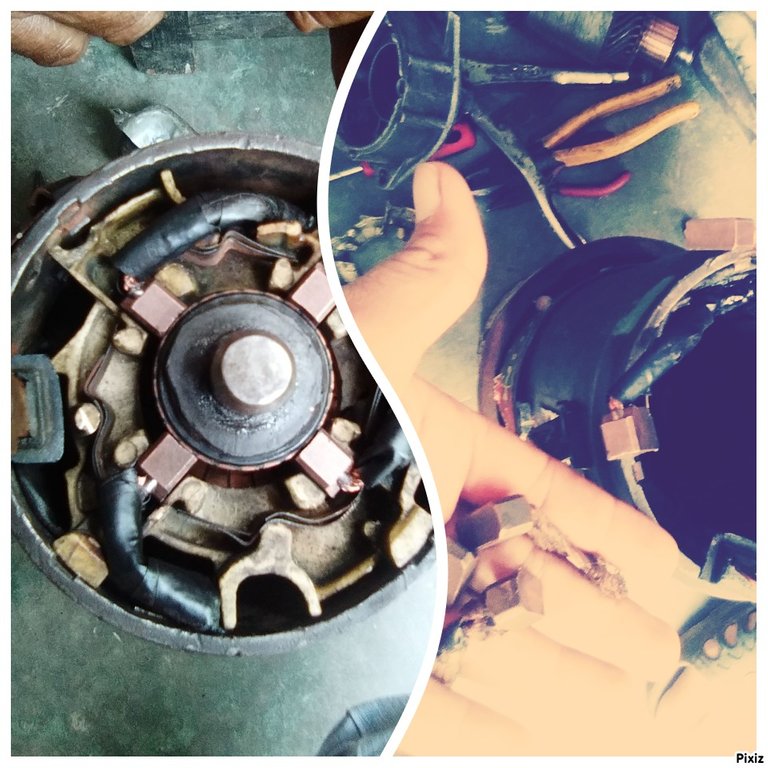

Hola apreciados amigos de hivemotors, que gusto es para mí saludarlos. Esperando que hayan tenido un semana llena de trabajos éxitos y con nuevas experiencias en la mecánica en general. He querido compartir con ustedes el trabajo que mi padre realizó al arranque de su camión.
Esta reparación la hizo porque el camión comenzó a presentar fallas a la hora de encenderlo y como ya les he mencionado en publicaciones anteriores, mi papá con sus años de experiencia ya reconoce que fallas tiene el camión y cuál es la pieza que tiene que reparar.
Hello dear friends of hivemotors, what a pleasure it is for me to greet you. I hope you have had a successful week full of work and new experiences in mechanics in general. I wanted to share with you the work that my father did to the starter of his truck.
This repair was done because the truck began to present failures when starting it and as I have already mentioned in previous publications, my dad with his years of experience already recognizes what faults the truck has and what is the part that needs to be repaired.


En motor de encendido o arranque de camiones lleva cuatro carbones 2 son de corriente y los otros es la la tierra que van pegados a la carcasa. Estos por lo visto son de gran importancia pues en caso de tener mucho desgaste produce circuito, lo que no permite el buen funcionamiento del arranque esto a su vez no deja encender el carro.
A few days ago the truck failed to start until it wouldn't start anymore. He took out the starter and disassembled it. The carbons were already very worn and being in that condition the armature does not work. In case of urgency and there is no way to have it soldered in an electro-auto, there is a second plan 🤔, for this you need to have at hand thin copper wire and do the manual work, (passing the copper wire and fix it to the starter housing), that was precisely what my dad did.
The ignition motor or truck starter has four carbons, two are current-carrying and the others are the ground that are attached to the housing. These apparently are of great importance because in case of having much wear it produces circuit, which does not allow the good operation of the starter this in turn does not allow to start the car.
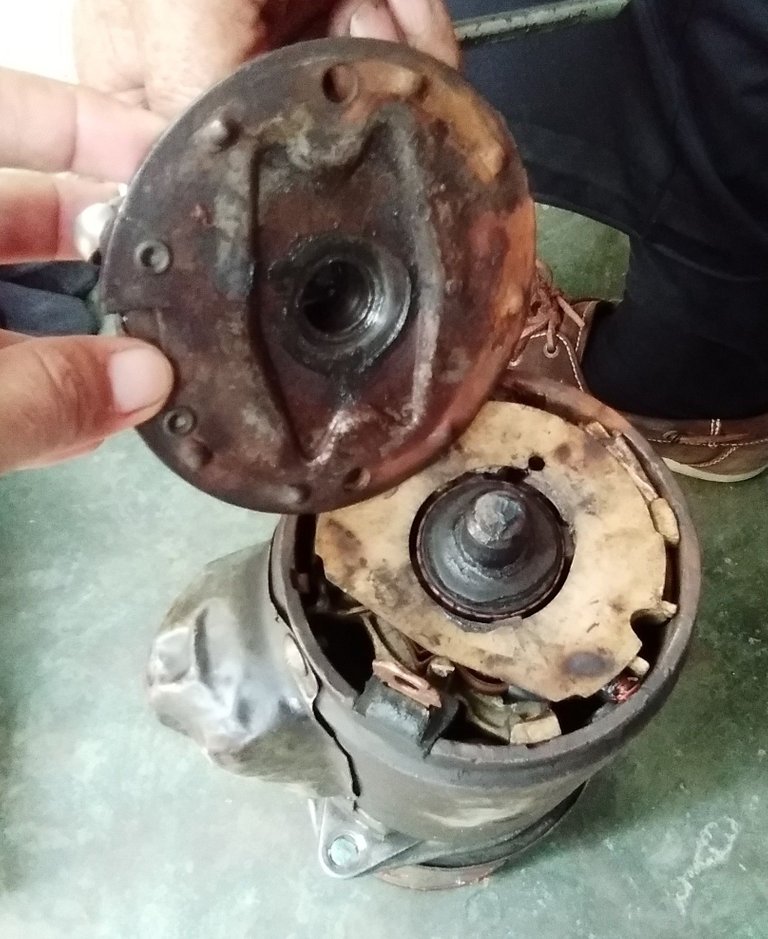
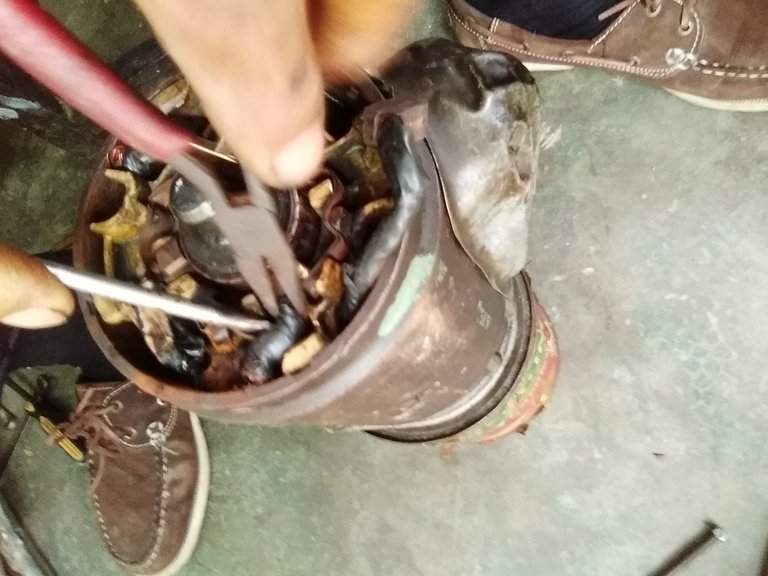 | Retirando los carbones/ Removing coals |
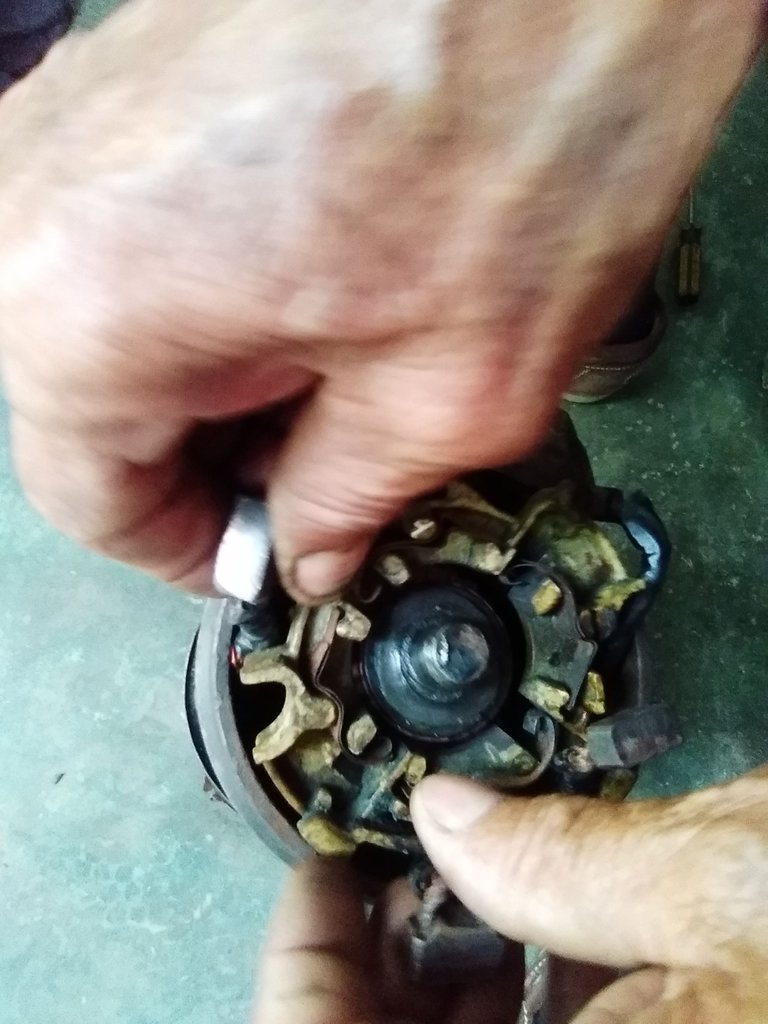 | Retirando la carbonera / Removing the coal bunker |
Once ready at one end, we started to disassemble at the other end. In order to extract the hammer and of course the armature.
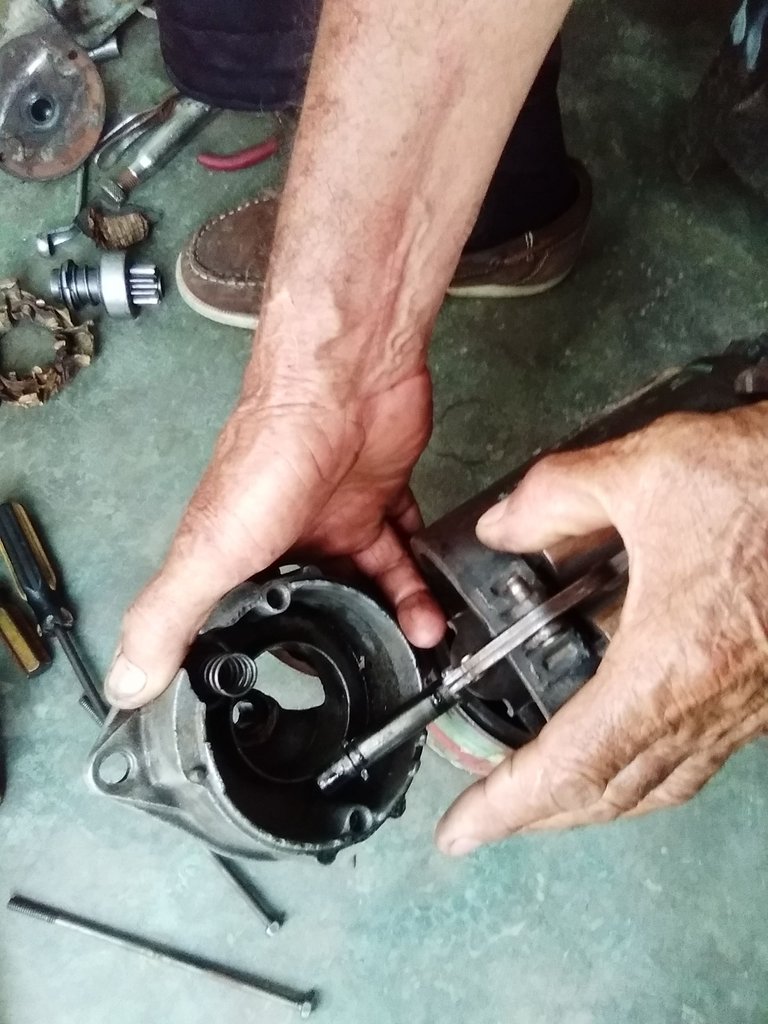 | Para quitar está tapa se debe retirar un retén/ To remove this cover, a retainer must be removed. |
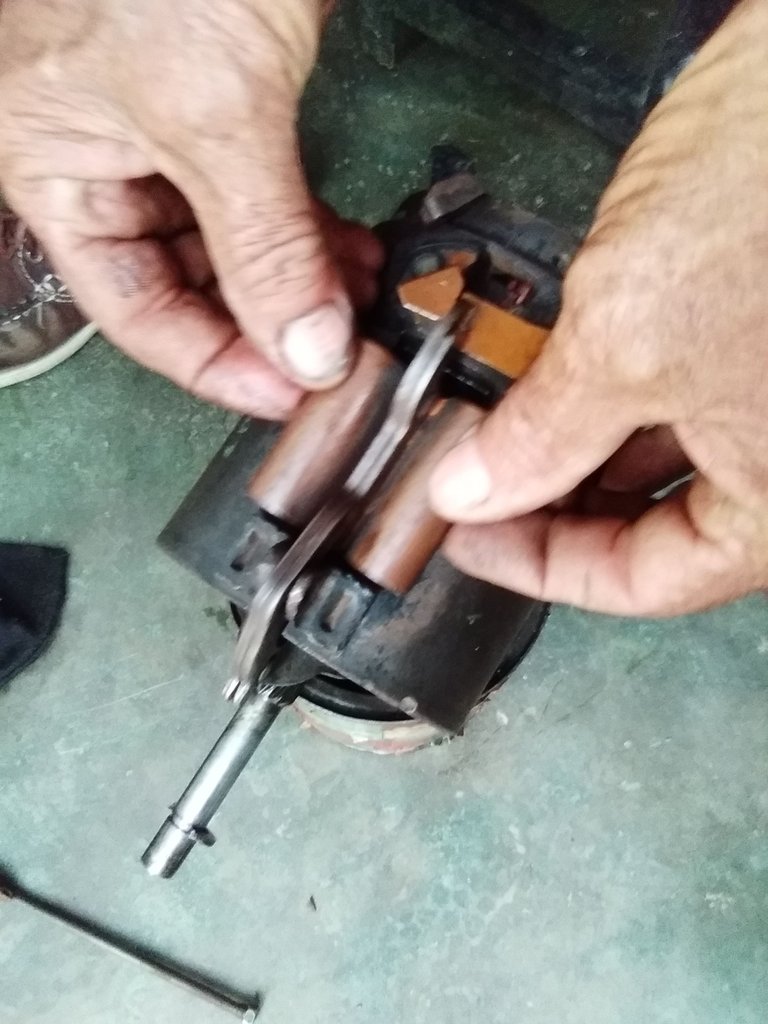 | Quitando el martillo/ Removing the hammer |
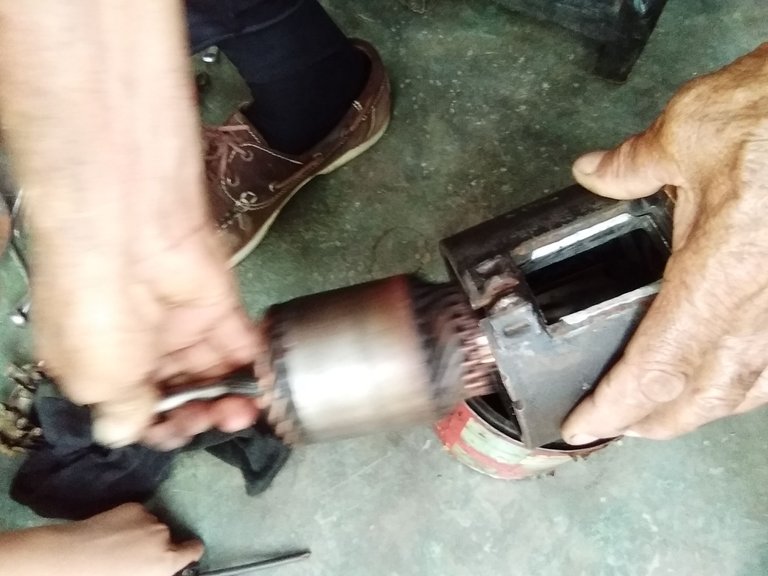 | Retirando el inducido / Removing the armature |
After carbon replacement, the connectors of each carbon were wrapped with black teipe. Then reassemble to test the ignition motor.
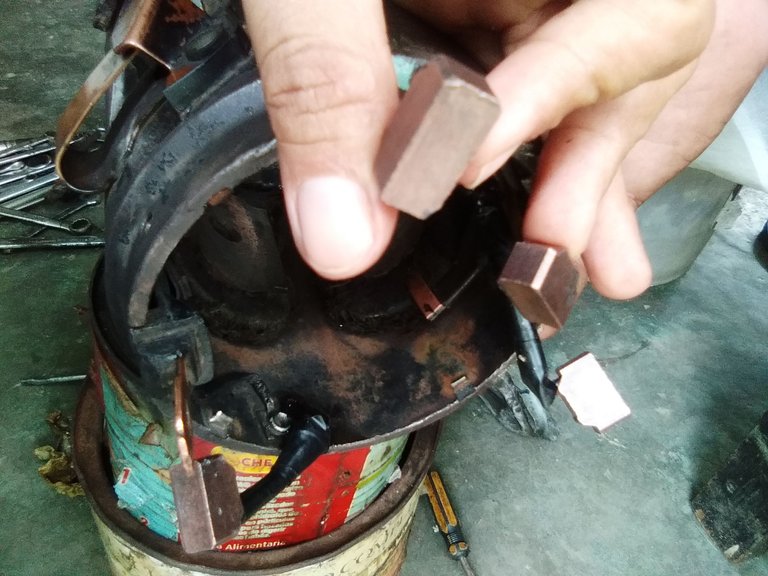
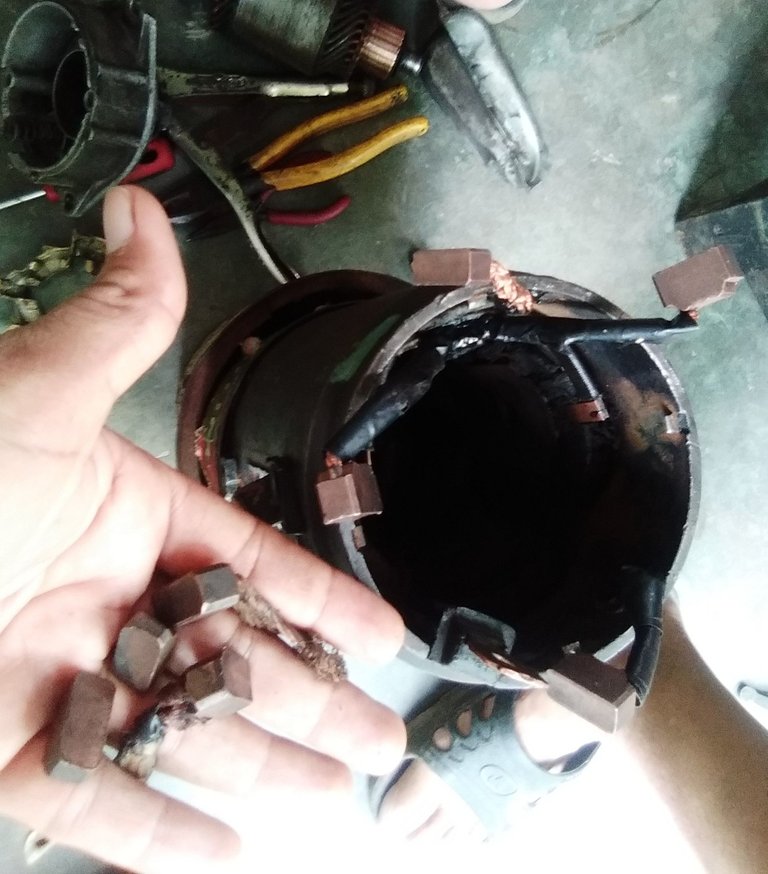
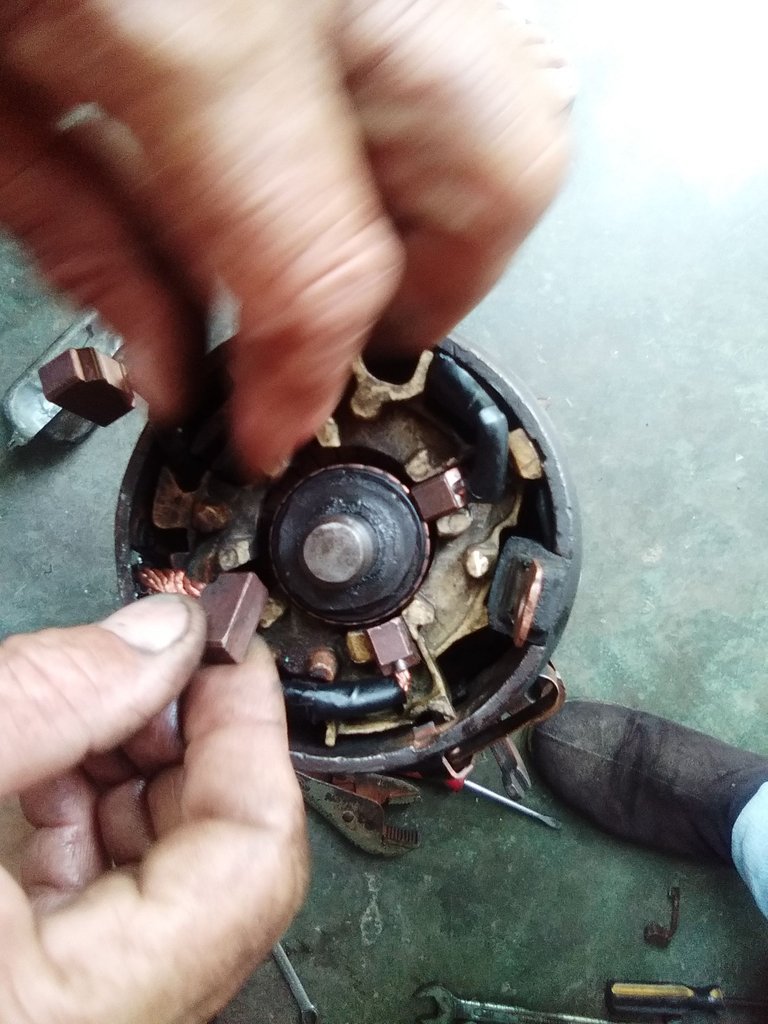 | Colocando los carbones en la carbonera /Placing the coals in the charcoal bunker |
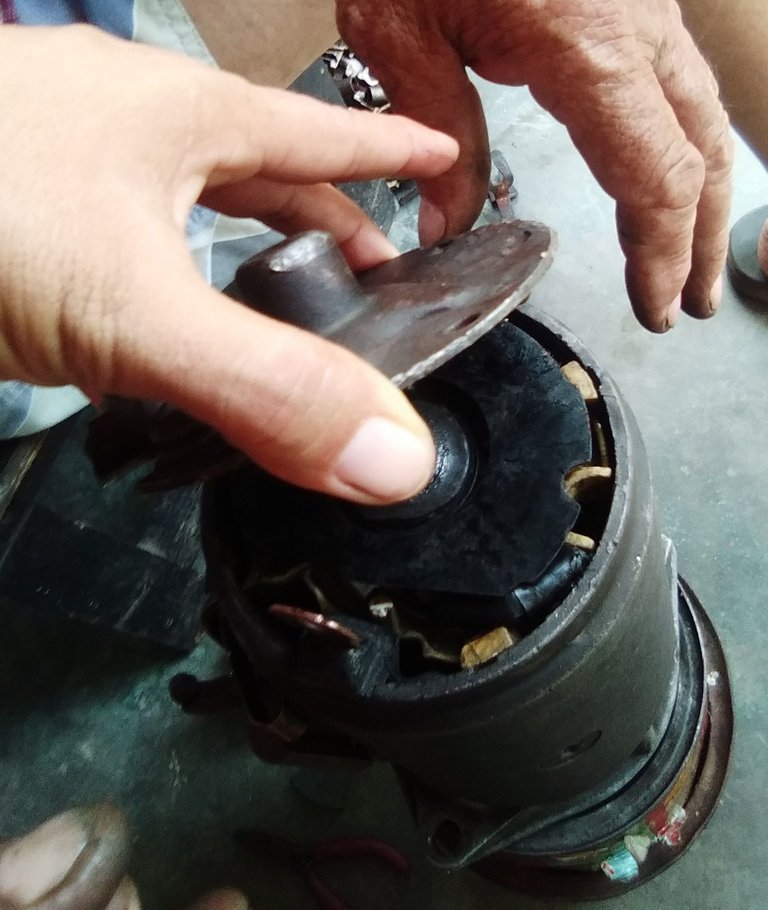

As always I hope you find the information presented in my publication useful and if you consider leaving a comment I would appreciate it very much. See you soon and happy Sunday. 👋
Las fotos son de mi propiedad tomadas con mi teléfono Alcatel
The photos are my property you send with my Alcatel phone.
Foto de portada editada por mi con la aplicación pixiz.com
Cover photo edited by me with the pixiz.com application.
Está publicación fue traducida en DeepL
This publication was translated at DeepL
Separador de Pixabay


